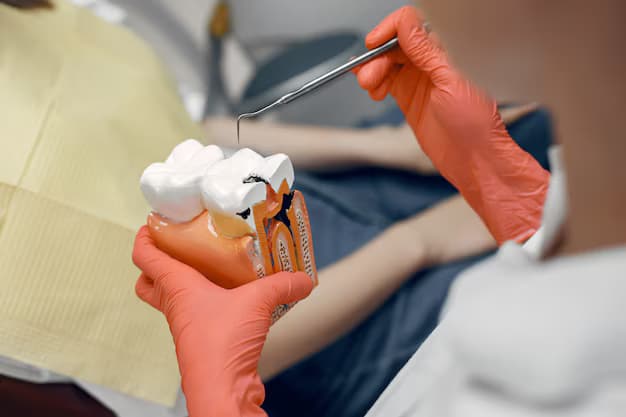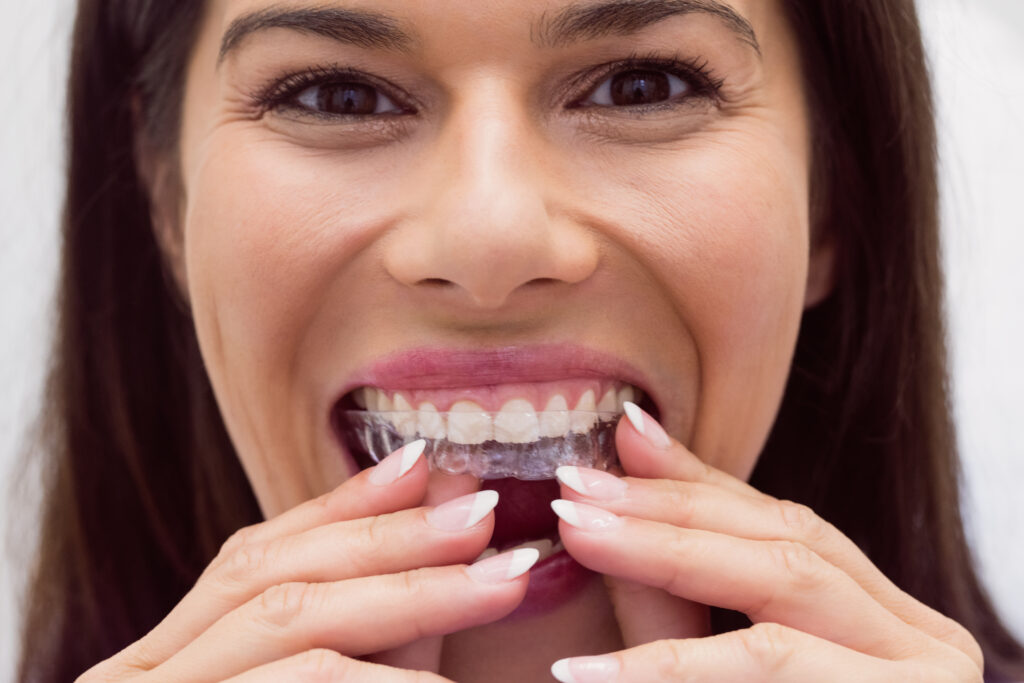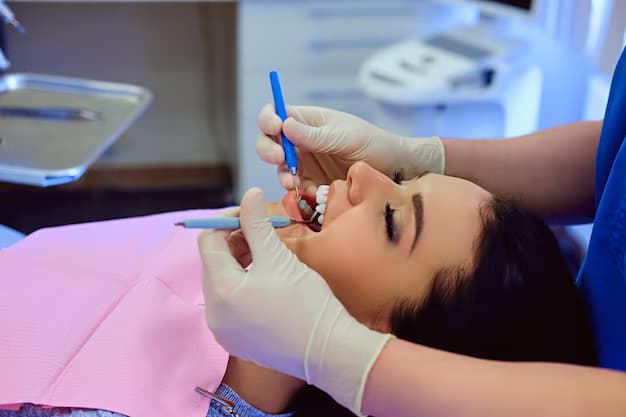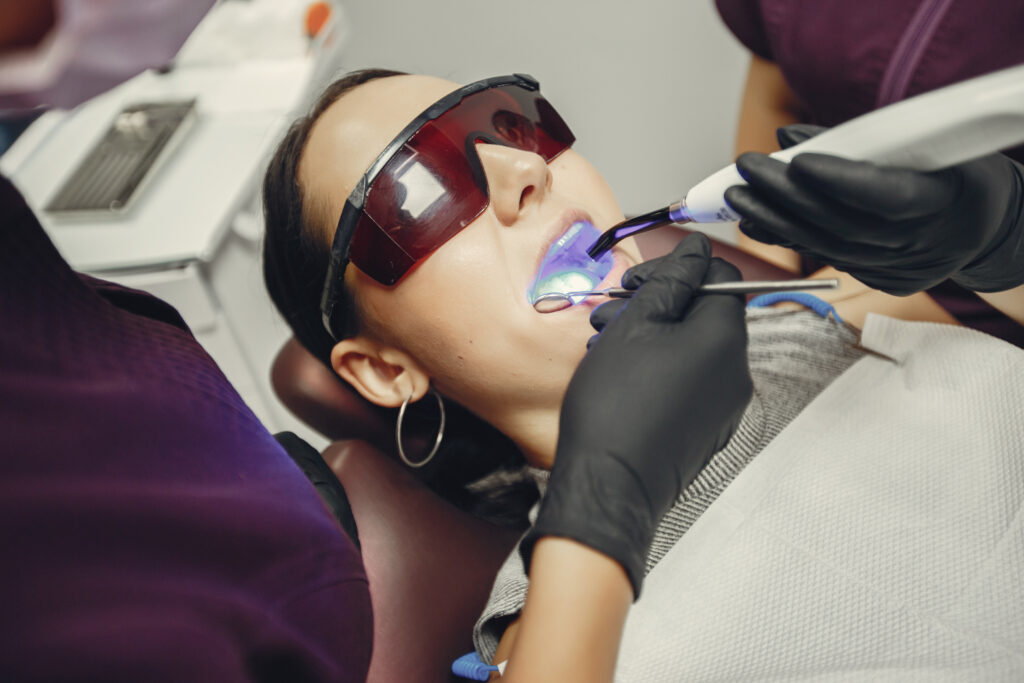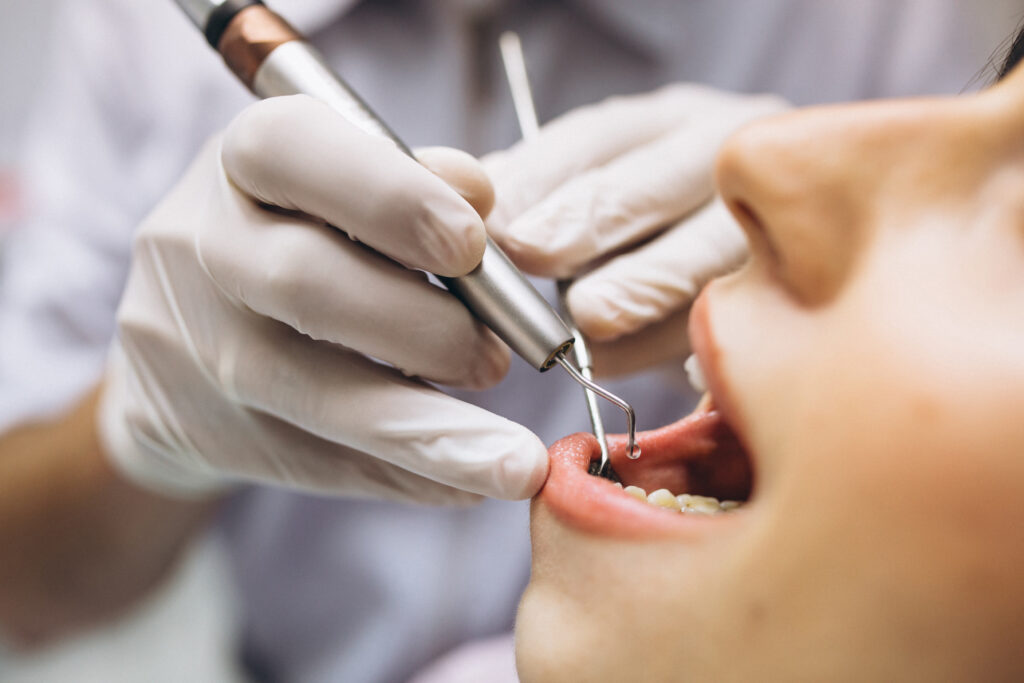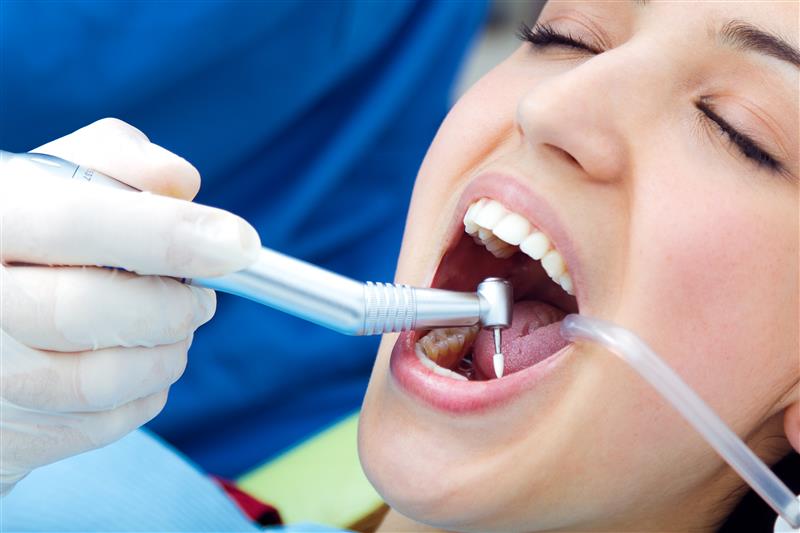Dental Crowns in Beverly Hills: How Modern Technology Is Redefining the Smile Makeover
A confident smile can open doors in Beverly Hills, whether you’re stepping onto a set, leading a meeting, or catching up with friends. For many patients, dental crowns play a big role in keeping that confidence intact. What’s changing today is how much more advanced, natural, and convenient crowns have become. No longer are they bulky, dull, or a process that drags on for weeks. With modern tools and artistry, dental crowns in Beverly Hills now blend seamlessly into a smile and can often be made the very same day. At Clove Dental, we’ve seen firsthand how this shift is redefining the classic smile makeover. Patients want strength, comfort, and above all, a crown that looks like it belongs. Technology now makes that possible. Why Crowns Still Matter Dental crowns aren’t just cosmetic. They’re often the best way to protect and restore a tooth that’s been weakened by decay, fractures, or large fillings. A crown acts like a custom-fit cover that brings back both function and appearance. The reason crowns are so common is simple: they let patients keep their natural teeth instead of replacing them. For someone who wants a healthy bite and a natural smile, that’s an important option. And here in Beverly Hills, where image and health often go hand in hand, crowns remain one of the most requested treatments. From Old to New: The Crown Evolution Not long ago, getting a crown could be a lengthy process. Patients sat through multiple appointments, wore temporary crowns, and sometimes ended up with results that looked less than natural. Today, the process is very different. With digital impressions and advanced milling systems, many crowns can be designed and placed in a single visit. These “same-day crowns” not only save time but also eliminate the awkwardness of walking around with a temporary solution. Just as important, the materials have improved. Modern ceramic and porcelain crowns are designed to mimic the way real teeth reflect light. That means no more obvious metal lines at the gum or dull-looking replacements. Patients tell us they love how their crown feels invisible, both in look and in function. Why Patients in Beverly Hills Care About the Details It’s not only celebrities who value a flawless smile here. Executives, influencers, and even parents who spend their days balancing busy schedules want dental work that looks and feels natural. A crown that draws attention for the wrong reasons isn’t acceptable. This is why demand for dental crowns in Beverly Hills has been rising. Patients are asking for crowns that are indistinguishable from their surrounding teeth. Whether it’s color, shape, or the fine detail of translucency, they expect results that restore confidence without announcing, “this tooth was fixed.” The Technology Behind the Change At Clove Dental, we create crowns that strengthen your teeth and improve your smile. Our patients find the process easier and quicker than traditional methods. Beyond Function: Crowns as Part of a Smile Makeover Crowns used to be seen only as repairs, but they’re now a tool in cosmetic dentistry too. For patients who want a comprehensive smile upgrade, crowns can reshape teeth, close gaps, or create a more balanced look. We’ve had patients come in worried about a single cracked tooth, and by the end of treatment, they realize their new crown has elevated their whole smile. In Beverly Hills, where personal and professional lives are often public, that kind of confidence boost matters. Why Choose Clove Dental for Crowns? What sets our approach apart is precision combined with artistry. Every patient’s bite, smile line, and lifestyle is different, and the crown has to reflect that. The goal is a crown that doesn’t just function, it feels like it’s always been part of the smile. Final Thought Technology has changed dentistry in remarkable ways, and crowns are a perfect example. Patients no longer have to settle for treatments that feel obvious or inconvenient. Instead, they can expect strength, comfort, and seamless aesthetics, all in less time than ever before. If you are thinking about getting a dental crown in Beverly Hills, we have good news! Modern dental care has made it easier. At Clove Dental, we help people take care of their teeth. We want to help you get a smile that looks natural and makes you feel good.



